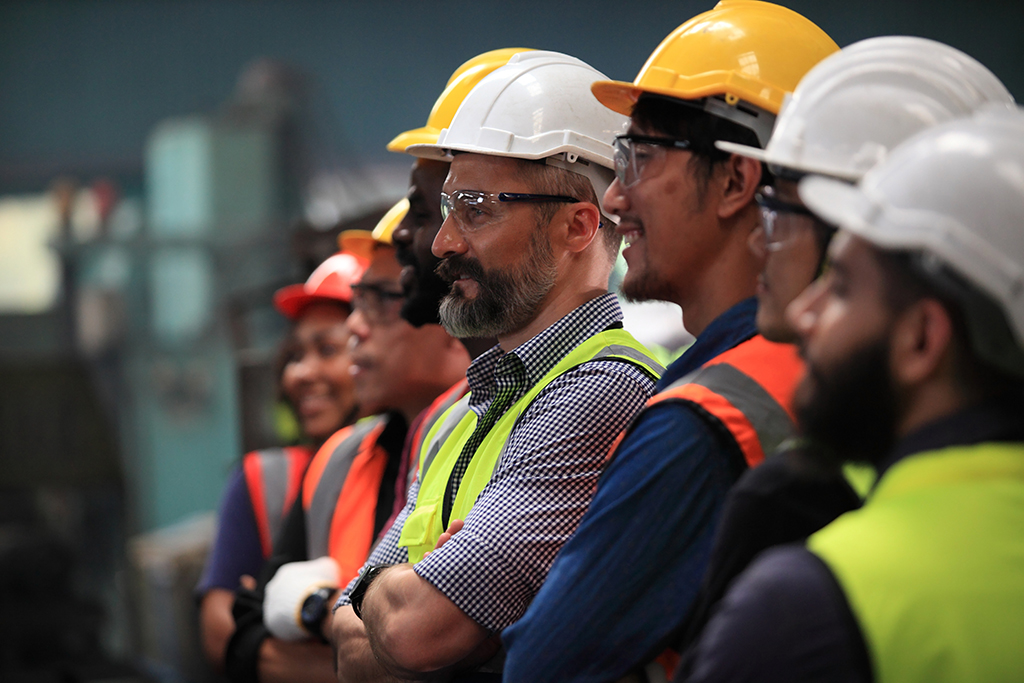Within the ever-changing digital landscape, websites are essential for representing individuals, businesses, and organizations. But since technology is developing at a rate never seen before, you need to take proactive measures to make sure your website is effective and relevant. Staying ahead of the curve on trends is simply one aspect of future-proofing your website; another is preparing for and adjusting to new developments in technology. The careful creation of information architecture, which serves as the framework for content organization and user experience, is an essential component of this approach.
Understanding Information Architecture
Information architecture (IA) is the blueprint of your website, encompassing the structure, organization, and labeling of content to facilitate intuitive navigation. A well-designed IA ensures that users can easily find and understand the information they seek, ultimately enhancing user satisfaction. As technology evolves, IA must adapt to new devices, interfaces, and user expectations to maintain effectiveness.
Key Strategies for Future-Proofing Information Architecture
Voice Search Optimization
The emergence of virtual assistants and voice-activated gadgets has revolutionized how people use the internet. It’s become more and more crucial to incorporate voice search optimization into your IA. Take into account the possible phrasing of users’ voice questions and modify your interface to account for natural language trends. This may entail improving the organization of your material and adding conversational components to your navigation.
Responsive Design for Multi-Device Accessibility
Because smartphones, tablets, and other devices are becoming more and more common, it is crucial to make sure your website is compatible with a variety of platforms. A consistent user experience depends on your website having responsive design, which enables it to adjust fluidly to various screen sizes and resolutions. Give priority to mobile in order to meet the needs of the increasing number of consumers who visit websites via smartphones.
AI Integration for Personalization
By providing individualized content recommendations based on user behavior and interests, artificial intelligence (AI) has the ability to completely transform user experiences. Including AI technology into your IA can improve user engagement as these technologies develop. Create your interface using AI algorithms that evaluate user data to deliver a more relevant and customized browsing experience.
Blockchain for Enhanced Security
Blockchain technology is becoming more and more popular as a potential remedy for the mounting issues around online privacy and security. Your IA’s security can be improved by incorporating blockchain into user data, transactions, and interactions. To protect data integrity and foster audience trust, think about integrating decentralized systems into your interactive advertisement.
Augmented Reality (AR) and Virtual Reality (VR) Integration
Think about integrating AR and VR into your IA as these immersive experiences become more commonplace. This could entail developing AR-enhanced navigation, interactive 3D models, or virtual showrooms. By modifying your interface to support these technologies, you may differentiate your website from the competition and provide users interesting and creative content.
Semantic Web and Structured Data
Future-proofing your website means giving search engines the tools they need to comprehend your content more fully through the use of semantic markup and structured data. This increases your chances of showing up in voice search results, rich snippets, and other new search technologies. Make sure your IA facilitates the use of structured data to improve the exposure and applicability of your website in dynamic search environments.
Conclusion
Making your website future-proof is a continuous activity that calls for an innovative approach to information architecture. You can make sure that your website stays flexible and user-friendly in the face of technological changes by embracing responsive design, voice search optimization, AI integration, blockchain security, AR/VR experiences, and semantic web principles. To stay ahead of the curve and give your users a smooth and creative online experience, keep an eye on developing technologies and continuously improve your user experience.
Click here for a over view on Information Architecture






